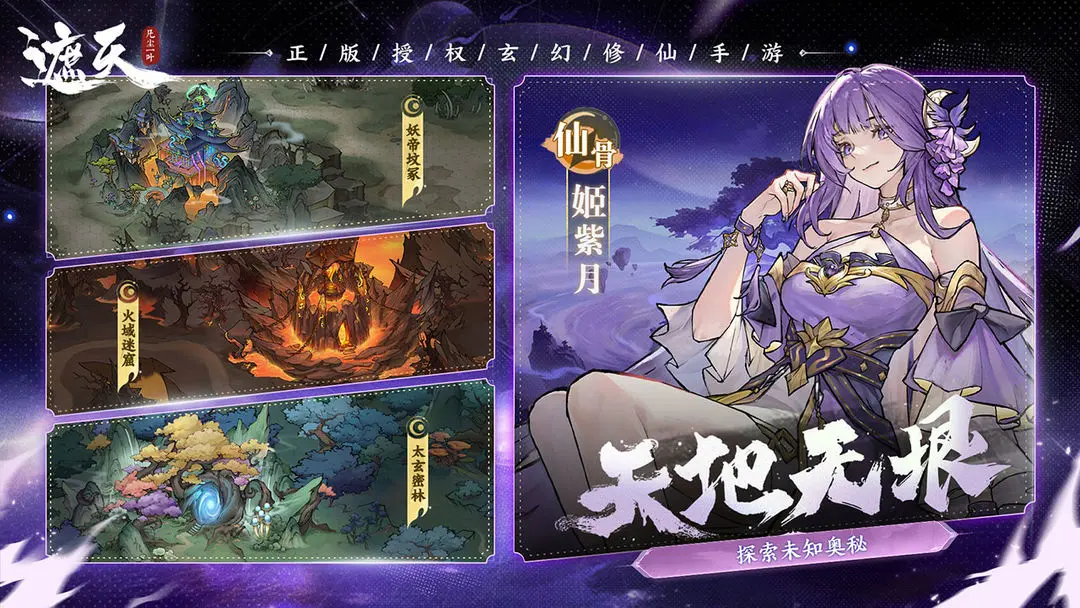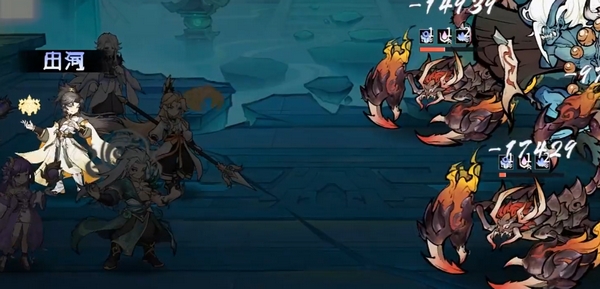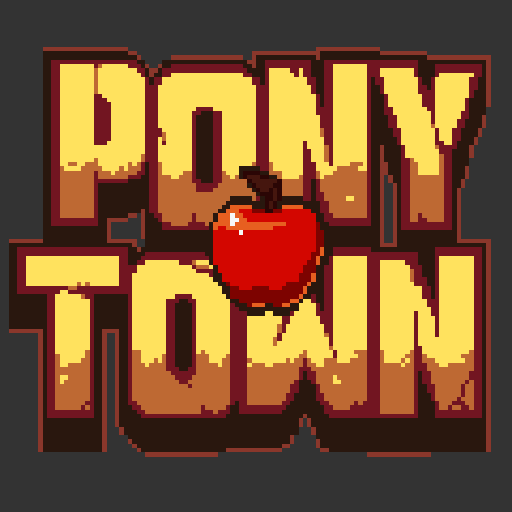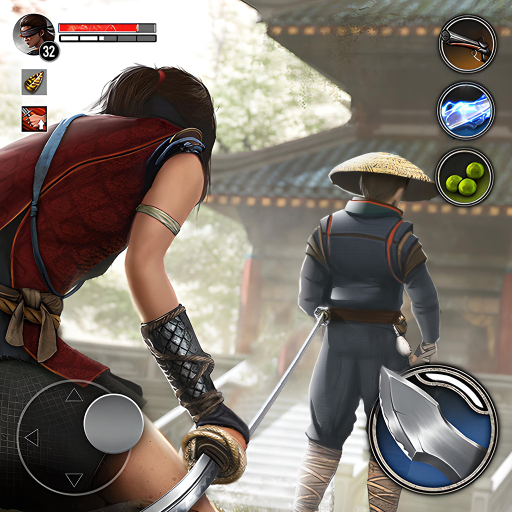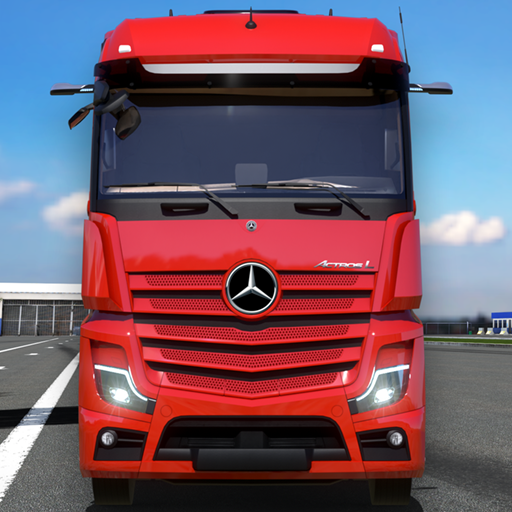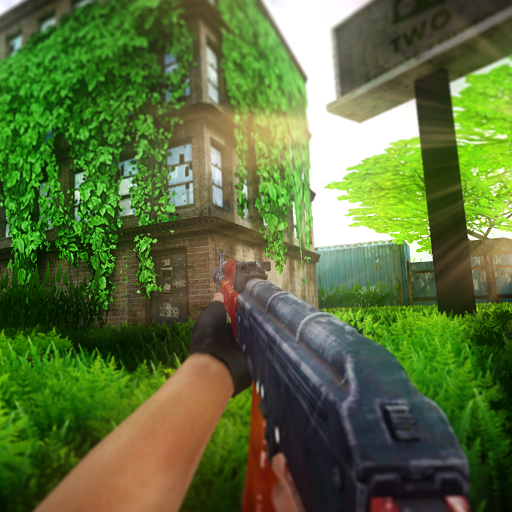Flower and interlude travel is an important part of character development, directly affecting material acquisition and character growth efficiency. Reasonable planning of travel arrangements and material preparation can maximize the speed of resource collection while avoiding waste of materials. Also, remember to check the color of the bow on top of the character's head. If it's pink, arrange more long trips; if it's blue, take a break. Forcing them to go out might result in significant losses. Let's learn more about this below!

Before the interlude travel, ensure that the character's fullness value is sufficient. It is recommended to prepare Black Tornado or Peanut Tangyuan in advance. Black Tornado requires sesame and cream, with sesame refreshing daily in the mall, and cream being on sale at a discount every Wednesday and Saturday. Peanut Tangyuan uses glutinous rice and peanuts, with glutinous rice obtained through short trips, and peanuts acquired by arranging nearby excursions. Carry at least 3 portions of food in your backpack to avoid running out of food during the trip, which could affect efficiency.

The choice of food affects the type of materials brought back. Black Tornado focuses on cream and sesame, suitable for stages requiring a large amount of dessert production. Peanut Tangyuan increases the drop rate of glutinous rice and peanuts, suitable for kitchen expansion or unlocking new recipes. On rainy days, bring extra brown sugar rice cakes to reduce the deceleration caused by moisture, increasing material acquisition by 30%. During the trip, manual operation is not possible, so it is recommended to enable the auto-feeding function and use the backpack food according to priority.
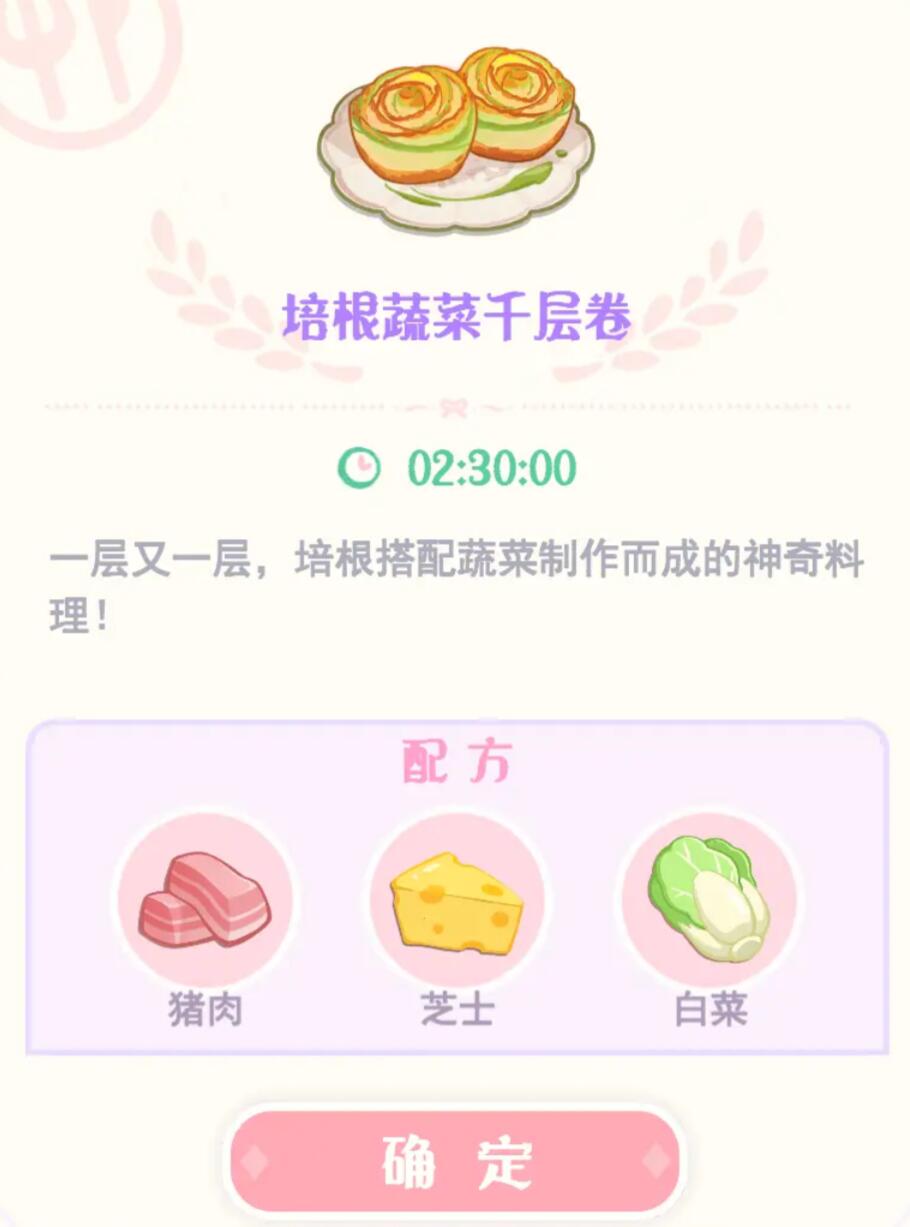
In terms of time scheduling, each interlude trip takes 30 minutes, and up to 3 trips can be arranged per day. When the character is in a good mood (pink bow on top of the head), arrange two consecutive trips, and wait 4 hours for the third trip to restore fullness. After enabling the auto-feeding function, the system will prioritize using the food at the top of the backpack. Place commonly used dishes like Black Tornado and Peanut Tangyuan at the top in advance to avoid mistakenly using high-level materials.
Material management requires long-term planning. Maintain an inventory of 15-20 portions of basic materials such as sesame, peanuts, and cream to handle urgent tasks. Store around 30 portions of advanced materials like glutinous rice and brown sugar to avoid taking up too much backpack space. Clear excess low-level ingredients every Sunday, for example, synthesizing cabbage into vegetable salad to save space. Focus on buying scarce materials on discount days in the mall, and save daily gold coins for limited recipes.
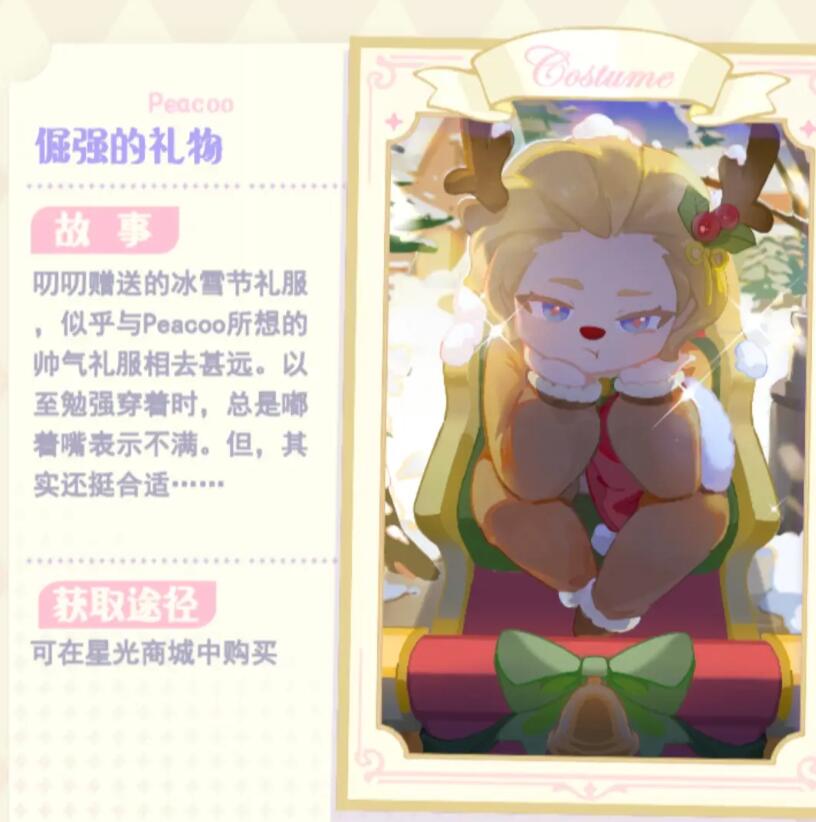
In summary, always carry at least three portions of food in your backpack during interlude travels. Once you have enough materials, you can try more complex dishes like strawberry dessert stands and milk jelly ice, but make sure to keep enough basic materials for daily tasks. Remember to clear your backpack every Sunday, synthesizing excess low-level materials like cabbage into vegetable salads to free up space for more valuable items. In general, build a solid foundation in the early stages, and as you get more familiar with the automatic functions, you can save a lot of time in the later stages.
